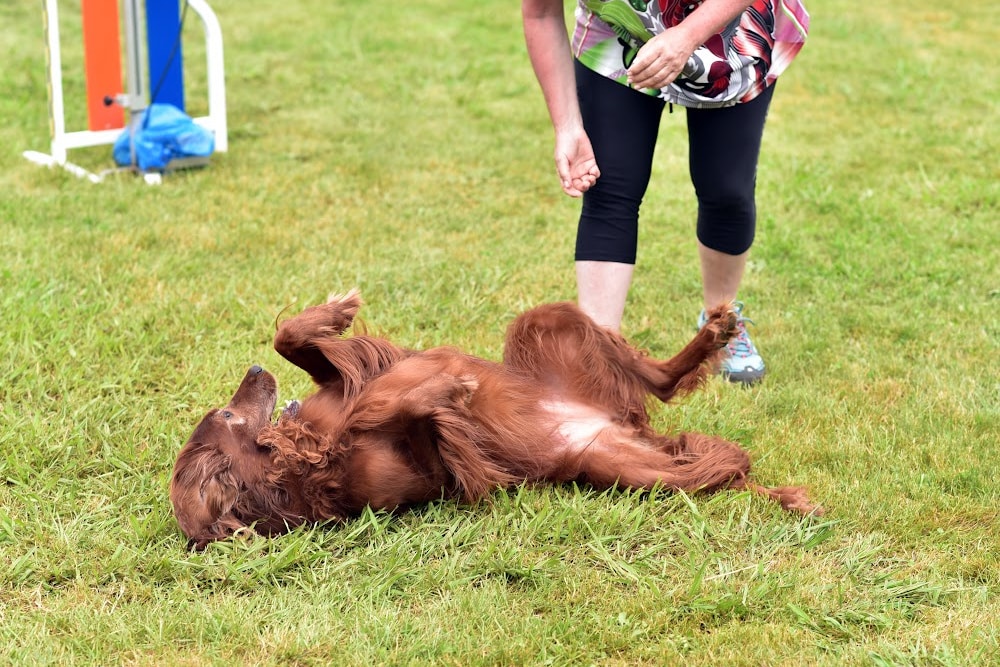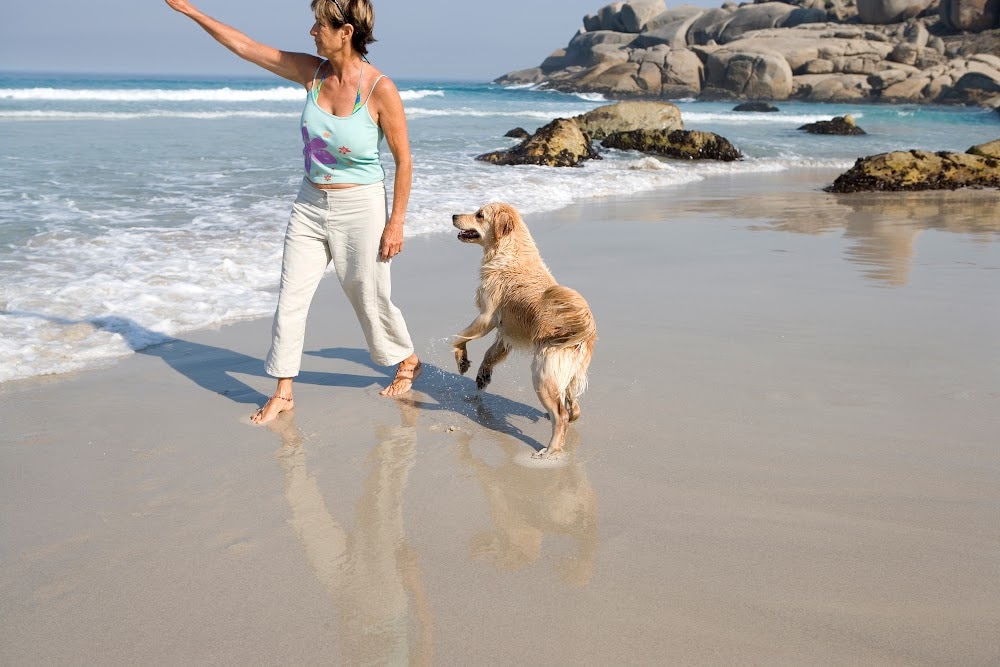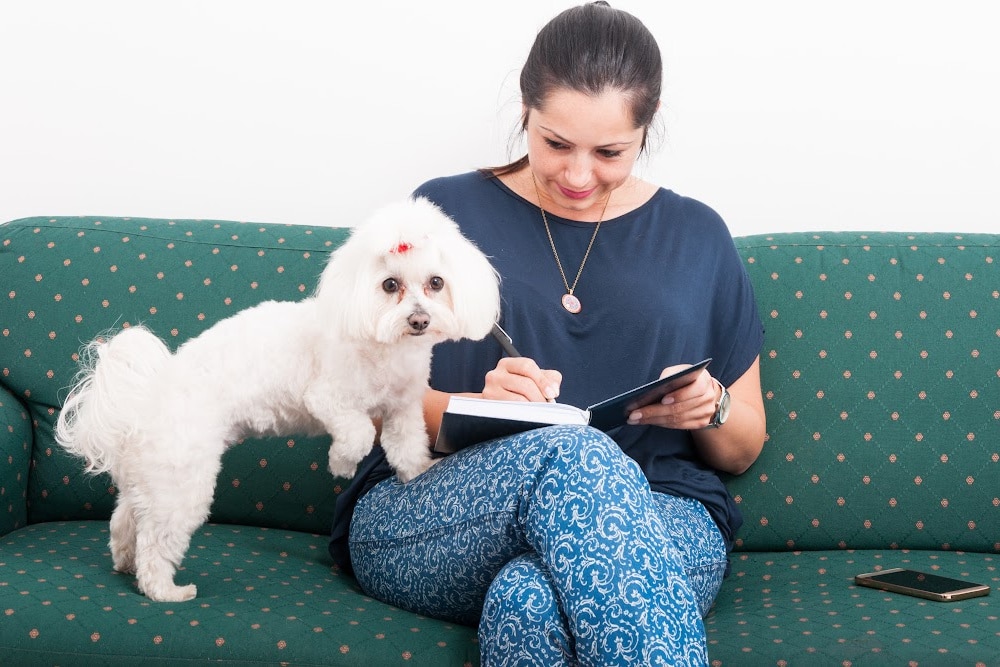Every dog has a unique personality that shapes its habits and interactions with people and the surroundings. These canines display their emotional and mental characteristics without using words. Understanding your dog’s personality type can help you build a stronger bond, improve training techniques, and reduce stress. People often believe that breed is a major determinant. However, research has shown that it is responsible for only 9% of the variation observed. Here are five tips to understand your furry friend’s personality.
Observe body language
Dogs communicate primarily through nonverbal cues. Their body language often provides valuable insight into their emotions and, sometimes, intentions. If you live with a dog or have ever owned one, you might be conversant with their body movements which indicate different things. For instance, when its body is relaxed and wiggly, it indicates a friendly and confident mood.
In contrast, a tense body with a tucked-in tail might suggest fear or anxiety. The body indicators include the dog’s tail, ear positioning, and overall posture in different situations. By paying close attention to these details, you will better understand their inherent personality. Admittedly, judging your dog’s personality when it’s stressed or senses imminent danger could be wrong. The tip is to observe their body language over a period and in different situations. That will give you a better understanding of their personality makeup and general disposition to varied environments. As the dog owner, you are responsible for engaging your canines in different activities and studying how they respond to each.

Identify energy levels
Some dogs are naturally high-energy and require constant stimulation. Therefore, they often resort to destructive habits when you fail to provide the appropriate exercises. On the other hand, other dogs are quieter, more relaxed, calmer, and more laid-back. Their energy levels may not always depend on what breed they are, as that is only a minor contributing factor. For example, the Cavalier King Charles Spaniel and the Scottish Deerhound are regarded as naturally quiet and calm dogs. Although that is true to some extent, not all may be like that.
Sometimes, it can be challenging for dog owners to connect their pets’ energy levels to their personalities. Fortunately, there are subtle (and not-so-subtle) ways to determine your dog’s personality through its energy levels. One way to do this is through dog games like fetch. A playful, energetic dog will channel all its enthusiasm into a game of fetch and never want it to end. After all, they have the energy and the muscles to run back and forth for long periods.
On the other hand, a dog with a quiet and calm personality will become bored or restless after a few runs of fetch. Determining your dog’s personality will make planning their physical games and intensity levels easier. Sometimes, that may influence the type of toys you make available to them. A low-energy dog may greatly benefit from mentally-stimulating experiences to challenge their intelligence. You might end up enjoying yourself watching your dog play.
Evaluate the dog’s response to training
Like people, every dog has a unique learning style, and it’s your job to discover these. One way to do this is by evaluating your dog’s response to training. Experienced handlers say these training sessions provide valuable insights into a dog’s personality and temperament. For instance, some dogs are highly motivated by treats or praise and will do anything for a taste. When you know this about your dog, using treats as a reward system can make them quick learners. They are also likely to respond very well to positive reinforcement. Other dogs will require more patience and consistency in their training, especially when they are easily distracted or less motivated by food rewards.

You can tailor your approach to suit their personality by using these settings to observe how your dog reacts to training sessions. In other words, adapting your training methods can be a sure way to know your dog on a deeper level. If you need help with training or how to do it, check out dog training websites. If you’re looking for a dog for a specific purpose, such as protection, you can visit helpful websites like https://scottsk9.com/protection-dogs-for-sale/. Remember to ask questions about their dominant personalities and response to training.
Assess your dog’s social interactions
Observing your dog’s behavior during social interactions is another way to understand your canine’s personality type. Some dogs are naturally social butterflies, displaying excitement and friendliness when meeting new dogs or humans. Other dogs are more reserved or selective in their social interactions and would prefer the company of a select few.
You can identify their social preferences by paying attention to how your dog approaches new situations and other individuals. Understanding their comfort level and boundaries allows you to manage their interactions effectively. More importantly, it helps you create a safe and supportive environment. For instance, you can implement gradual desensitization techniques if your dog displays fear or aggression toward certain individuals. Better yet, seek professional guidance to help them overcome these anxieties and develop positive associations with social interactions.
Keep a journal of your dog’s personality
You will have a reference point to study your dog’s personality by recording significant behaviors and reactions to different situations. It might seem too much to do, but it will be worth it in the long run. Any recorded changes in their routines or environment preference can be useful information in the short or long term.

Apart from the personality bit, the journal can be your reliable reference for discussing with vets, trainers, or dog trainers. Remember to update your journal often for it to be a comprehensive source of information. You can revise notes or identify improvement areas that provide better insight into your dog’s personality. The more you know about your pet, the better the bond will be. This unspoken understanding will pave the way for a fulfilling life together.

The above tips will help you understand your dog’s personality, making it easier to relate with them and enjoy the immense benefits of having a dog.





